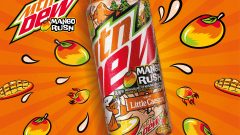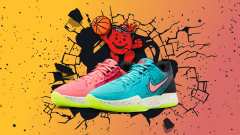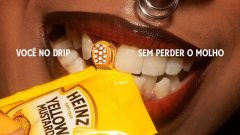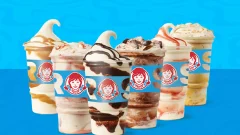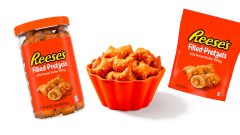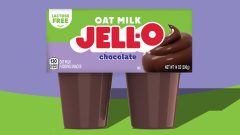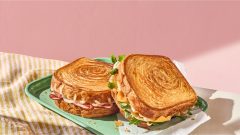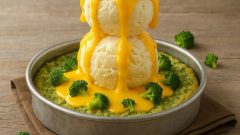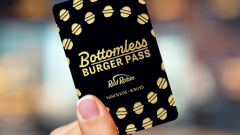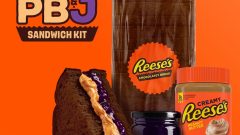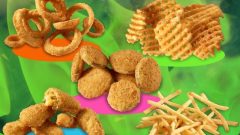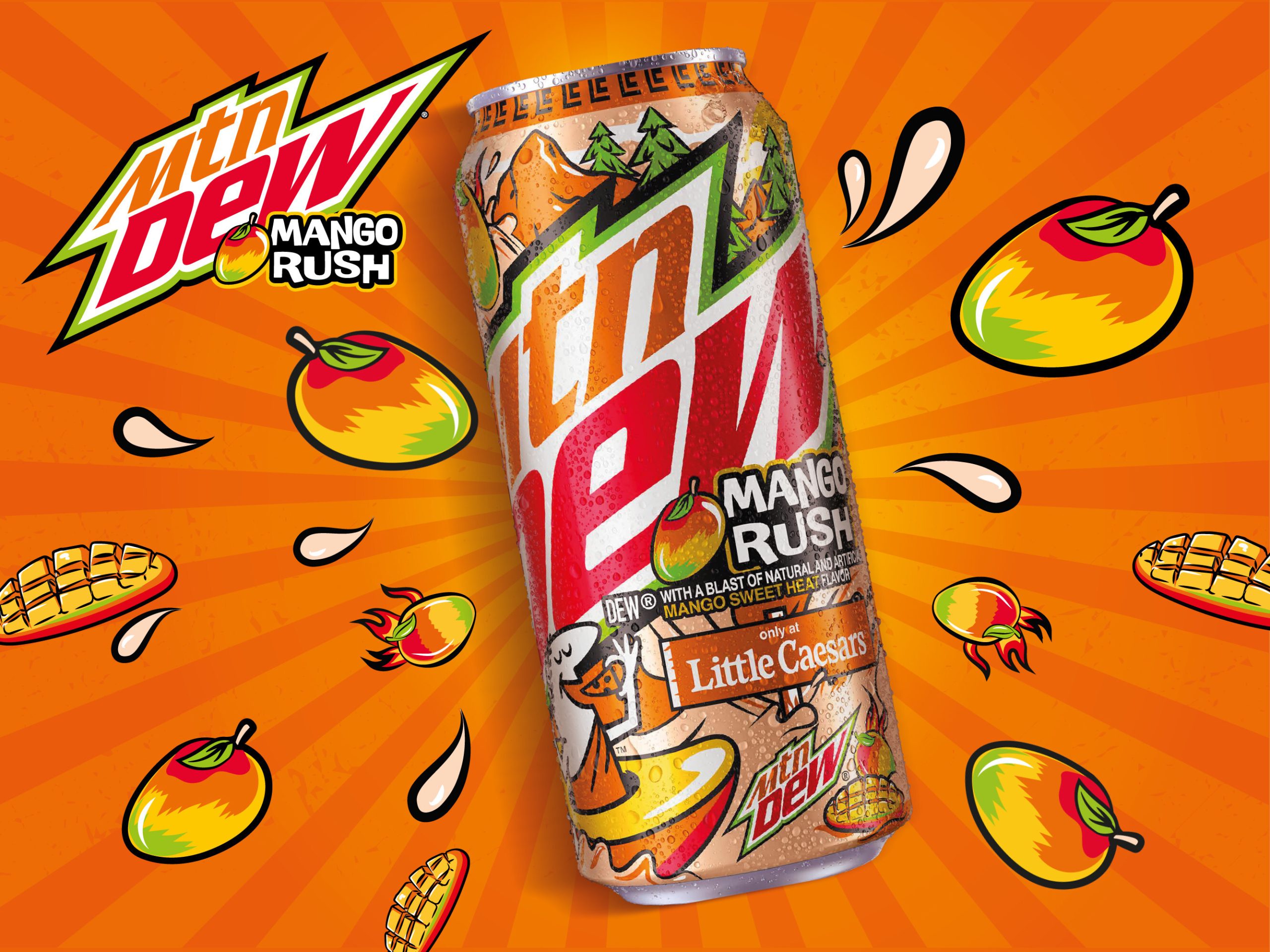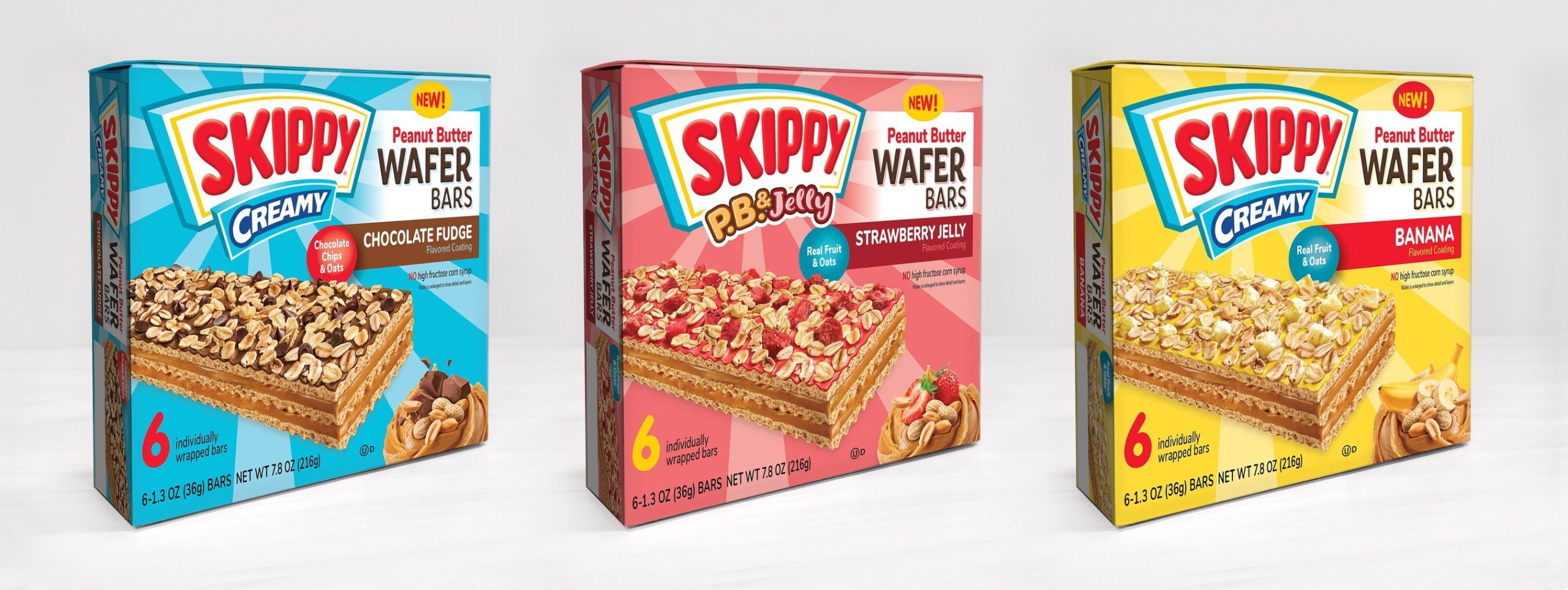The New York Times Just Discovered Boba, And They’re Getting Ravaged On Twitter
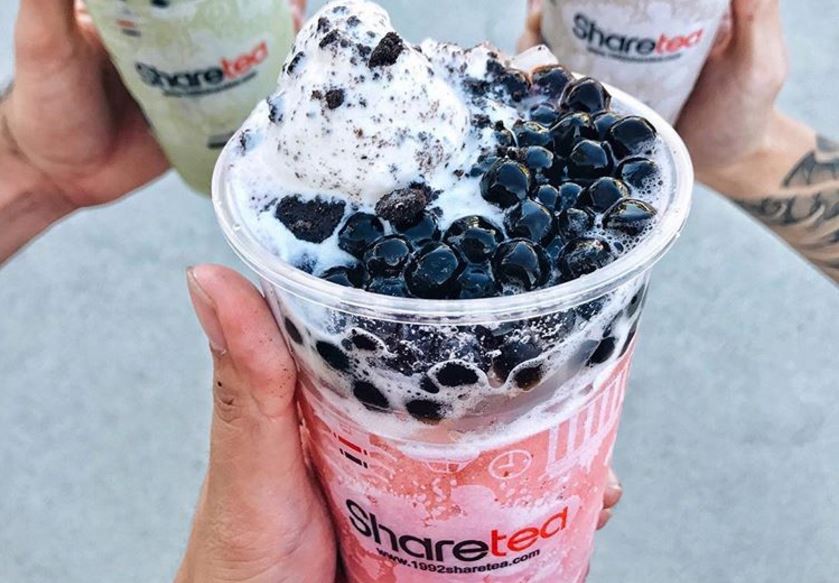
UPDATE: The New York Times apologized for their embarrassing boba gaffe, and pretty much changed most of the article. It no longer sounds like they think boba is finally “going mainstream,” instead focusing on the boba shop owners they interviewed. The headline, now changed for a second time, reads “Bubble Tea Purveyors Continue to Grow Along With Drink’s Popularity.” The tone of the article now reads more like it’s trying to emphasize how boba is trying to be pushed “further into the mainstream.” That’s probably how they wanted the article to sound in the first place, but their latest version doesn’t exactly amount to page views quite like the previous version did.
I keep reading this New York Times piece over and over, hoping that it’s labeled as satire, but they’re seriously trying to make it sound like they just discovered boba.
Surely we can’t expect everyone in the U.S. to know what boba is, but The Times put out a story Wednesday with a headline that read, “The Blobs in Your Tea? They’re Supposed to Be There,” and it was a bit ridiculous. You have to wonder why The New York Times would take an approach that makes it seem like boba is something new, like if there’s not a shop on every corner in the greater Los Angeles area.
lmao the new york times just found out about boba pic.twitter.com/yCB3tWCIYe
— Wilfred Chan (@wilfredchan) August 17, 2017
They quickly saw the error in their ways and edited their headline, but it didn’t sound much better, as the second time around they claimed that boba is now, “mainstream.”
lol they changed the headline pic.twitter.com/MQR3VnD3Cy
— Wilfred Chan (@wilfredchan) August 17, 2017
It’s baffling that the New York Times would approve such an angle for their story, with every paragraph sounding like they just discovered a new trend, especially when less than a year ago, they put out an article where the headline started with, “Bubble Tea? So 2002…”
It seems that The NY Times were at least somewhat aware that people have been sipping on those little tapioca balls for years, and even acknowledged that it was an old trend, yet they had the audacity to publish this garbage.
The internet was not amused, and as quickly as this story went up, it got torn down by Twitter users, especially within the Asian community, even creating a hashtag called #bobagate:
In another cutting edge “trend piece,” @nytimes discovers boba… in 2017! This is why people hate you. 🙄https://t.co/gc3nhioAct #bobagate pic.twitter.com/gotHZQ95Dr
— Elina Shatkin (@elinashatkin) August 17, 2017
__________
Disappointed in @nytimes Columbus’ing our culture (again). This is why we need more women of color in media/ journalism. #bobagate
— Amy J Wong (@sunlightleak) August 17, 2017
__________
For the record, I love blobs in my tea, and so do many of my non-Asian friends. #bobagate
— Janelle Bitker (@JanelleBitker) August 17, 2017
__________
#BobaGate #ShameOnYou #NYTimes ✊🏼✊🏼✊🏼 Bubble Tea, Goes Mainstream in the U.S. – https://t.co/upDKfRqNcU https://t.co/uzTz6EZ5HF
— JenInLA | RxMink8tte (@RxMink8tte) August 17, 2017
__________
It almost feels like we’re in the Twilight Zone, with the story incorporating quotes from the president of the Tea Association of the U.S.A., saying things like boba “hasn’t hit anybody’s radar in terms of the next big trend,” and “Innovation is important to any product category.”
What? Boba hasn’t hit anybody’s radar? There are close to a million Instagram posts involving boba! Granted, some of them involve Star Wars character Boba Fett, but I think it’s safe to say that boba is on quite a few people’s radars.
It’s a bit of a shame that this article went up the way it did, because there was actually some boba history attached, along with some pretty kick-ass photos of the popular beverage, but it all gets lost behind the terrible, out-of-touch premise that this boba thing might catch on some day.
Even if you want to argue that they were trying to cater to an audience that might not be too keen on the boba concept, at the very least hammer home that it is a popular trend that’s been around and didn’t suddenly turn “mainstream.”
Hey, New York Times, I know what it’s like to try to grab the reader’s attention with a headline. In the age of digital media, you absolutely have to have an element of clickbait, but at least be accurate with it.
Much love to your experienced food writers who are trying to keep journalism alive, but in this specific instance, you played yourself.


